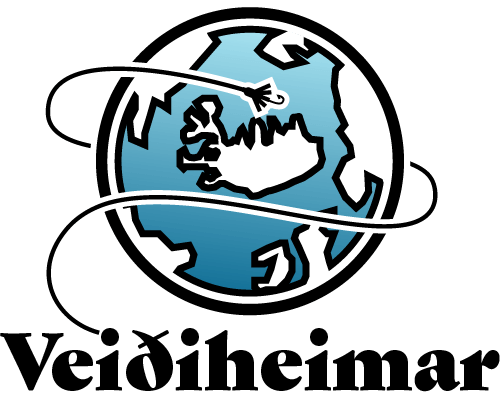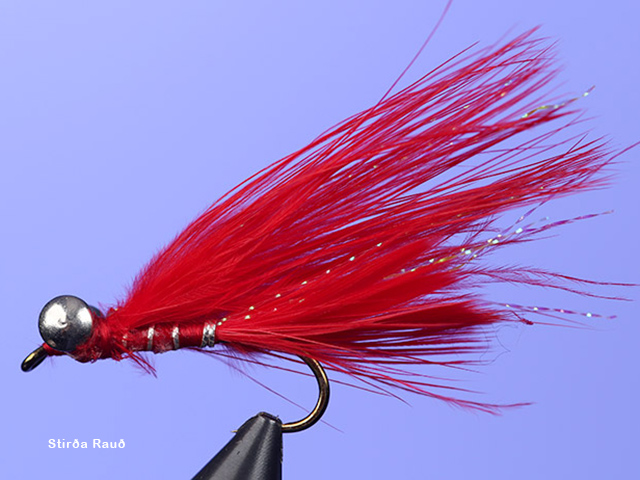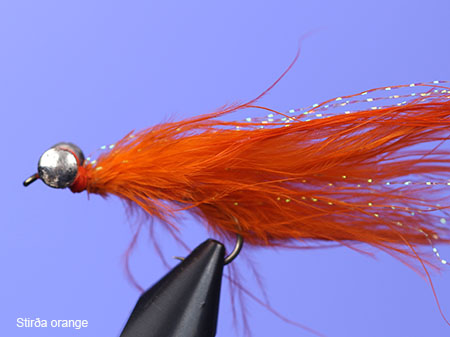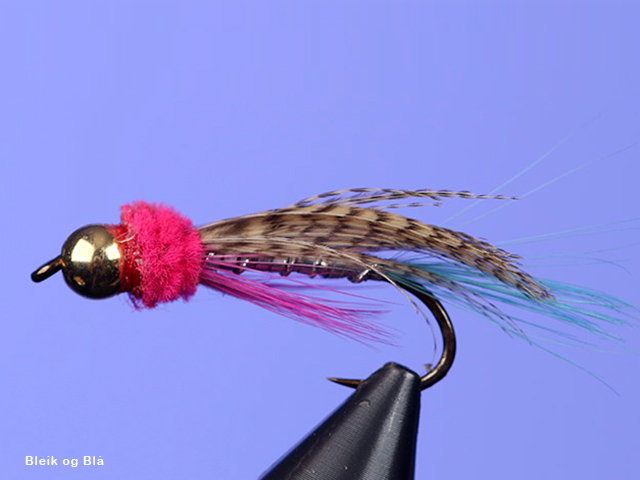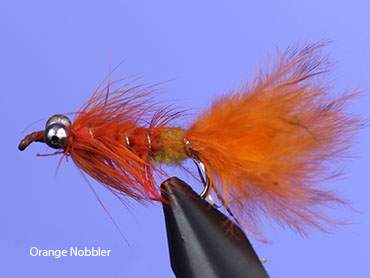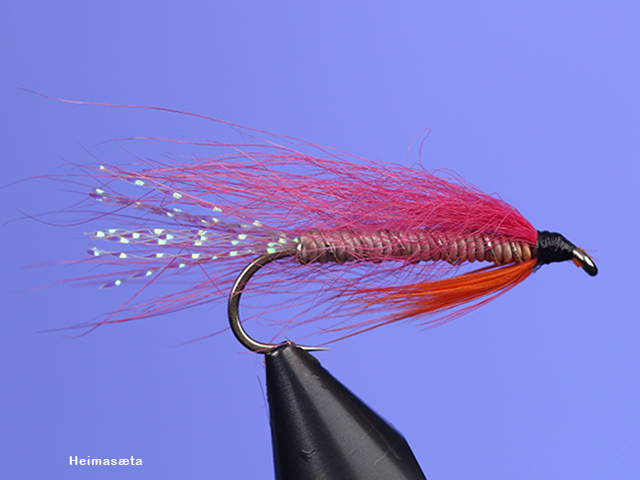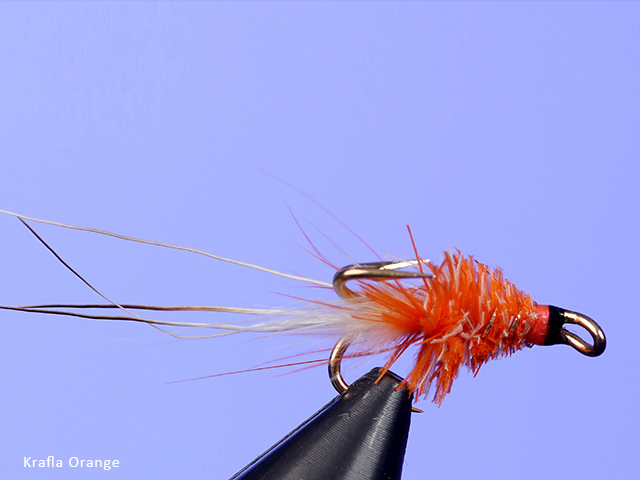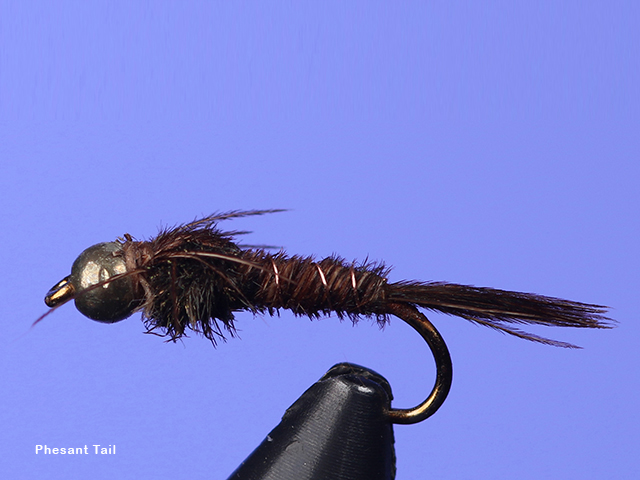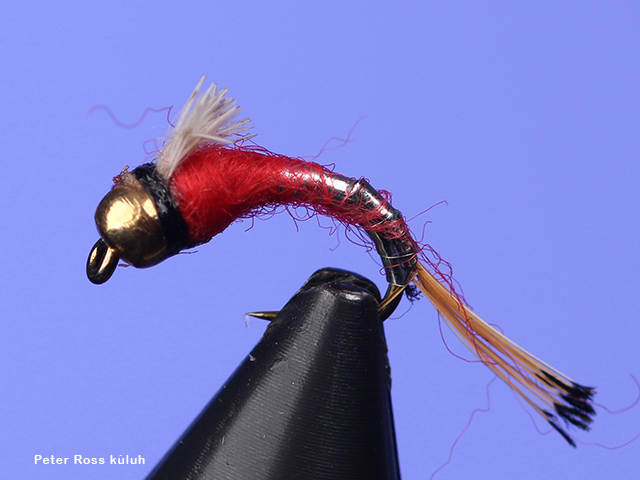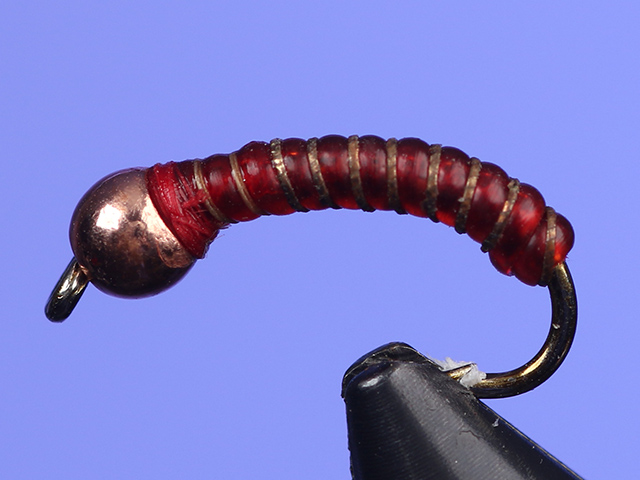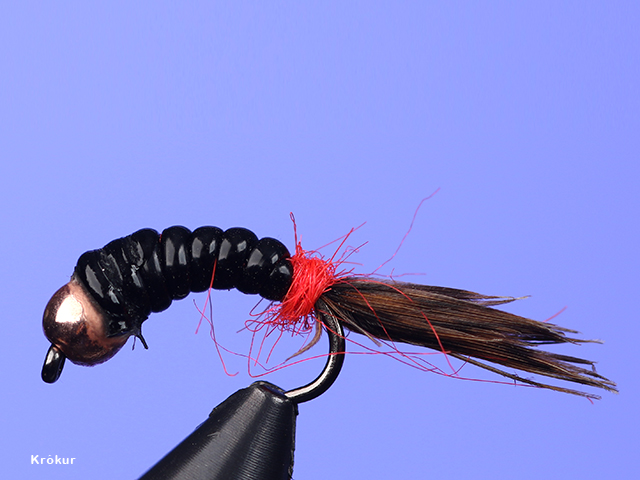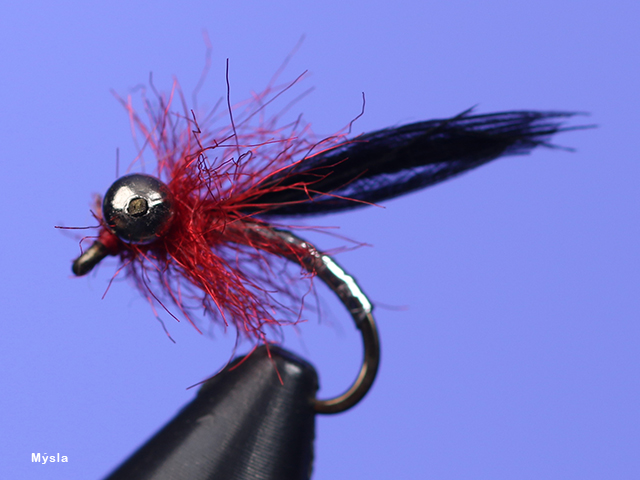Introduction
Arctic char (Selvelinus Alpinus)
Kingdom: Animalia / Phylum: Chordata / Class: Actinopterygil / Order: Salmoniformers / Family: Salmonidae / Genus: Salvelinus
Often called Arctic char and is one of the most sought after/popular species of Salmonidae that anglers catch in rivers and lakes in Iceland. Few countries in the world can boast of such diverse and strong Arctic char stocks as Iceland. Few varieties are known here: a snail-eating char, a piscivorous char, a pretator char, a dwarf char and a planktivorous char found in lakes and the sea-running char and a resident char found in rivers. The best known example of this is Lake Þingvallavatn, where four of these species thrive.
There are few things as much fun as fishing for char on a rod. The char has a very interesting character, they can be impulsive and unpredictable, feeding well for a while but then changing gears not looking at anything that is offered. The fact that char choose a varied diet makes them a desirable target for anglers. To be successful it is therefore important to know a great deal about the char diet, their behavior and habitat selection. Although char can be found in many parts of Iceland, both in rivers and lakes, char fishing, and especially sea char fishing, varies from region to region.
The main sea char rivers are to be found in the Northwest, the Northeast, and the East part of Iceland. It suffices to mention Víðidalsá and Vatnsdalsá in Húnavatnssýsla, Hjaltadalsá and Flókadalsá in Skagafjörður, Hörgá and Eyjafjarðará in Eyjafjörður and finally Norðfjarðará, Fögruhlíðará and Selfljót which are in Eastern Iceland.
Seasons
It has been said that char can be fished all year round, on a rod in the spring and into the autumn in rivers and lakes, and then during the winter through ice. The periods are slightly different between regions, related to weather and living conditions. In many places, char hide in estuaries and reservoirs, so therefore angling can, under such circumstances, begin in late May or early June. Char usually enter the rivers at the beginning of July and the main migration is in the latter part of that month and during August. At the end of August and until September, immature char migrate into the rivers. They are a little smaller than the spawning fish.
Based on this, the main fishing season for river and lake resident char and sea char is as follows:
Resident Arctic char: from when the ice melts on the lakes; end of May or in June and until mid-July. Sea run Arctic char: in early July and until mid-August (mature adult spawning char). Immature char: Called “autumn char”, which do not take part in spawning, late August and into September.
The fishing season in the main Arctic char rivers in Iceland by region
| Westfjords | Starts | Ends |
| Djúpadalsá | 10.07 | 30.09 |
| Gufudalsá | 01.07 | 10.09 |
| Skálmardalsá | 15.07 | 31.08 |
| Ósa í Bolungarvík | 01.05 | 20.09 |
| Bjarnarfjarðará | 20.06 | 20.09 |
| Séla í Steingr.firði | 15.07 | 20.09 |
| Northwest Iceland | Starts | Ends |
| Austurá | 10.06 | 10.09 |
| Miðfjarðará | 23.06 | 28.09 |
| Bergá | 05.07 | 25.08 |
| Víðidalsá | 15.06 | 10.10 |
| Vatnsdalsá | 15.05 | 10.09 |
| Hofsá í Skagaf. | 15.07 | 15.10 |
| Hjaltadalsá | 20.06 | 30.09 |
| Grafará | 01.07 | 15.09 |
| Hrolleifsdalsá | 20.06 | 20.09 |
| Efri Flókadalsá | 23.06 | 15.09 |
| Southwest Iceland | Starts | Ends |
| Hvíta – Seleyri | 10.05 | 15.09 |
| Hvíta – Bjarnastaðir | 15.07 | 30.09 |
| Hvíta – Stóri Ás | 15.08 | 30.09 |
| Hvítá – Signýjarstaðir | 20.07 | 05.10 |
| West Iceland | Starts | Ends |
| Refsveina | 10.06 | 15.09 |
| Lambá | 15.06 | 10.09 |
| Vatnasvæði Lýsu | 01.06 | 20.09 |
| Haukadalsá efri | 15.06 | 15.09 |
| East Iceland | Starts | Ends |
| Hofsá | ||
| Fögruhlíðarós | 01.06 | 30.09 |
| Selfljót | 20.06 | 20.09 |
| Fjarðará í Borgarf. | 20.06 | 20.09 |
| Fjarðará í Seyðisf. | 15.07 | 20.09 |
| Norðfjarðará | 15.06 | 20.09 |
| Eskifjarðará | 01.07 | 15.09 |
| Slettuá | ||
| Dalsá | 20.06 | 20.09 |
| Breiðdalsá | 01.05 | 30.06 |
| Búlandsá | 15.08 | 20.09 |
| Hamarsá | 15.08 | 30.09 |
| Jökulsá í Lóni | 10.08 | 30.09 |
| Northeast Iceland | Starts | Ends |
| Héðinsfjarðará | 15.07 | 20.09 |
| Ólafsfjarðará | 15.07 | 20.09 |
| Svarfaðardalsá | 01.06 | 20.09 |
| Hörgá | 01.05 | 30.09 |
| Eyjafjarðará | 01.04 | 10.10 |
| Fnjóská 5 sv. | 15.07 | 20.09 |
| Fjarðará í Hvalvatnsfirði | 01.07 | 15.09 |
| Skjálfandafljót | 18.06 | 15.09 |
| Brunná | 01.04 | 10.10 |
| Lónsá á Langanesi | 01.05 | 30.10 |
| South Iceland | Starts | Ends |
| Hólaá | 10.04 | 10.01 |
| Brúará | 01.04 | 28.09 |
| Kaldakvísl | 15.05 | 30.09 |
| Skógá | 06.06 | 10.01 |
Equipment
Rods
Light rods, 7 – 9′ in length and for line 4-6, are most often used in char fishing. Most people prefer to use a floating line, as the char often takes food from the surface or stays in rather shallow water. However, the larger char often choose deeper water, often in the head of pool or on a wide run. It is best to reach them by using heavier lines or flies, and in recent years it has become customary to use upstream methods with nymphs. The beadhead nymph is a good imitation of the food of the sea char and is presented in a similar way.
Leaders & Tippets
The choice of tippets and tippet length depends on whether you are fishing in a river or lake; upstream, downstream, from a bank, on a streamer, dry fly… and so on. Tippets from 4 – 8 pounds should suffice in most situations, but it can be useful to have stronger materials in some situations. Sinking tippets are useful to avoid the need for sinking fly lines. So-called buoyancy aids – floatants and sinkers that are applied to the tippets themselves are often used. Floatants are also often used to make dry flies float better.
The girth and abriason resistance of a leader used in char fishing
| Diameter of leader (inch) | Diameter of leader (mm) | Size of leader | Abriason resistance (lb) |
| 0.006 | 1,524 | 5x | 4,0 |
| 0.007 | 1,777 | 4x | 5,0 |
| 0.008 | 2,032 | 3x | 6,0 |
| 0.009 | 2,286 | 2x | 7,0 |
| 0.010 | 2,540 | 1x | 8,5 |
| 0.011 | 2,794 | 0x | 10 |
| 0.012 | 3,048 | x1 | 12 |
Flies
Arctic char are attracted to both bright colored flies and flies that resemble its natural food. A migrating char can take almost anything at one moment, but the next moment it wants nothing more than small nymphs or dry flies that resemble food. Anglers can experience both in their fishing trips, so it’s good to have a wide variety of flies. In lake fishing, the choice is often traditional, but people also move on in their choice of fly and find a fly which works well for a while. When the takes stop abruptly, the angler needs to find something else that works. Below there is a collection of char flies that the angler should have in his box.
The most popular sea char flies

Red Stirða 
Orange Stirða 
Bleik & Blá 
Nobbler 
Heimasæta 
Krafla 
Phesant Tail 
Peter Ross 
Bloodworm 
Krókur 
Glóðin 
Mýsla
